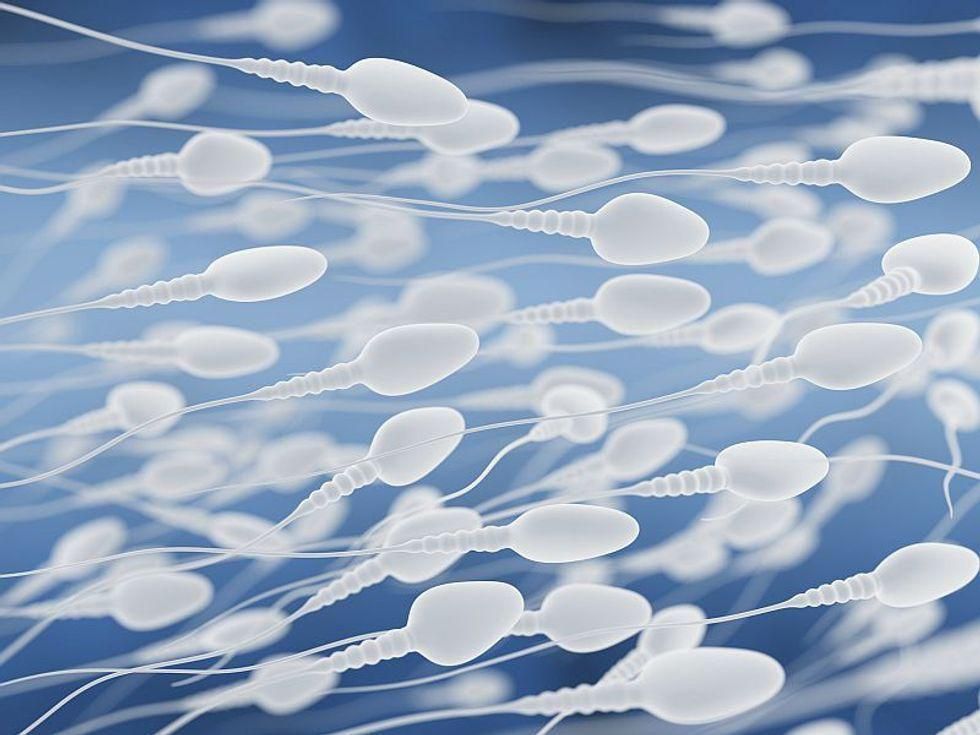
The new coronavirus infected the testes of hamsters in a study that adds to growing evidence that COVID-19 strikes more than just the lungs.
The findings could have important implications for men’s health, the researchers said, although research in animals does not always translate to humans.
But the study authors noted that some male COVID-19 patients have reported testicular pain and some have shown decreases in testosterone, a hormone produced in the testes.
Also, autopsies of COVID-19 patients have revealed significant disruption of the testes at the cellular level, including the presence of immune cells.
“Given the magnitude of the COVID-19 pandemic, it is critical to investigate how this disease can impact the testes, and the potential consequences for disease severity, reproductive health and sexual transmission,” said study author Rafael Kroon Campos, from the University of Texas Medical Branch.
Campos is a postdoctoral fellow in the laboratory of Shannan Rossi, an associate professor in the departments of pathology and microbiology and immunology.
The lab has been studying Zika virus infection in the testes for years and wanted to find out how SARS-CoV-2 affected the testes.
Hamsters are often used to model COVID-19 in humans because they develop similar signs of disease, the researchers explained.
The investigators detected SARS-CoV-2 in the testes of all infected hamsters during the first week, but the levels eventually decreased. This may represent what could occur in men with mild to moderate COVID-19 disease.
The study was published recently in the journal Microorganisms.
“These findings are the first step in understanding how COVID-19 impacts the male genital tract and potentially men’s reproductive health,” Rossi said in a university news release. “We have much more to do before we have the full picture. Moving forward, we will investigate ways to blunt this impact, including using antivirals, antibody therapies and vaccines.”
More information
The U.S. Centers for Disease Control and Prevention has more on COVID-19.
SOURCE: University of Texas Medical Branch, news release, June 17, 2021
Source: HealthDay
Copyright © 2025 HealthDay. All rights reserved.

Leave a Reply